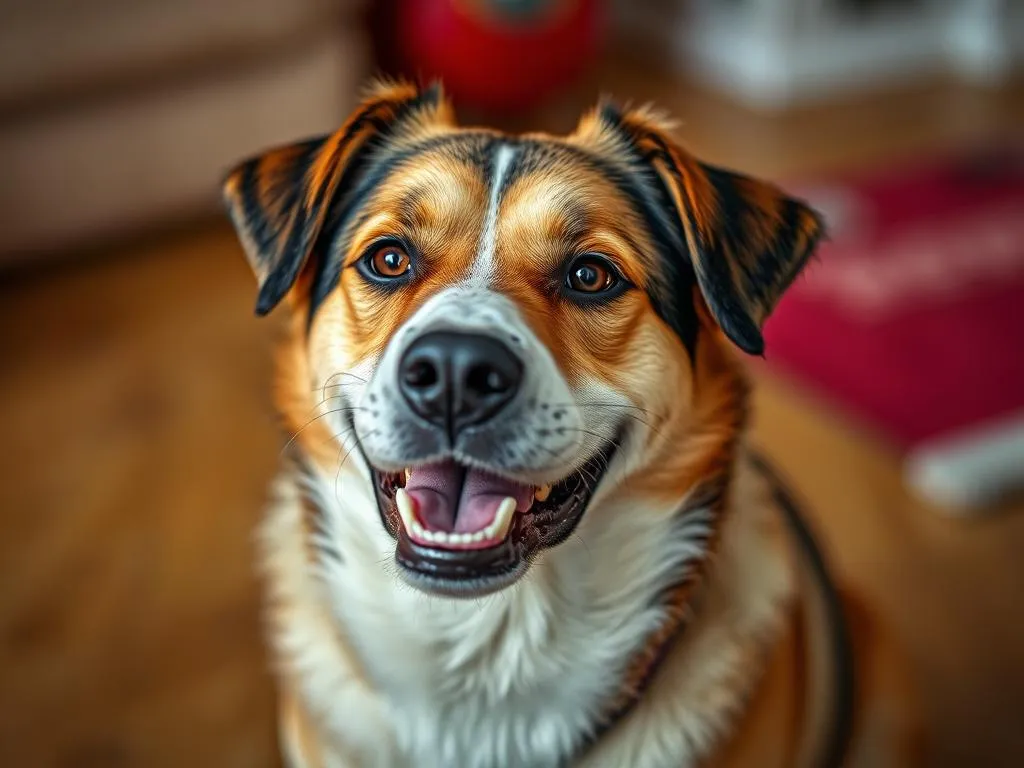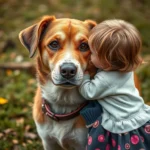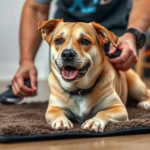
Introduction
Socialization is the process through which dogs learn to interact positively with the world around them. It involves exposing dogs to various environments, people, and other animals in a controlled and positive manner. While early socialization is often emphasized, it’s crucial to understand that adult dogs can still benefit immensely from this practice.
Socializing an adult dog is important for several reasons. It helps reduce anxiety and fear, encourages good behavior, and enhances overall well-being. Adult dogs, especially those who have had limited exposure to different stimuli, may exhibit behavioral challenges such as aggression, fear, or anxiety. Therefore, understanding how to socialize an adult dog effectively can lead to a happier, more balanced canine companion.
This article will delve into the nuances of socializing an adult dog, covering their behavioral challenges, preparation techniques, socialization methods, and ways to address potential obstacles.
Understanding Adult Dog Behavior
Behavioral Challenges in Adult Dogs
Adult dogs may face a variety of behavioral challenges that stem from a lack of socialization. Common issues include:
- Aggression: This can manifest as growling, barking, or lunging at other dogs or people.
- Fear: Unsocialized dogs may be fearful of new experiences, leading to avoidance or panic.
- Anxiety: Many adult dogs suffer from separation anxiety or general anxiety, which can be exacerbated by unfamiliar situations.
Why Adult Dogs May Be Unsocialized
Several factors contribute to a lack of socialization in adult dogs. These can include:
- Previous Experiences: Dogs that have had negative experiences with other dogs or people may develop fear or aggression.
- Breeds: Some breeds are naturally more reserved or protective, making them less inclined to seek out social interactions.
- Lack of Exposure: Dogs that have lived in isolation or limited environments may not have had the chance to meet a variety of people and animals.
Recognizing Signs of Fear or Aggression
Understanding your dog’s body language is essential for effective socialization. Signs that your dog may be fearful or aggressive include:
- Cowering: Lowered body posture or trying to hide.
- Growling or Snapping: Vocal warnings or snapping can indicate discomfort.
- Stiff Body Posture: A tense stance can signal that your dog is feeling threatened.
Recognizing these cues is crucial for intervening early and ensuring a positive socialization experience.
Preparing for Socialization
Assessing Your Dog’s Current Behavior
Before you begin the socialization process, it’s essential to assess your dog’s current behavior. Spend time observing and documenting how your dog reacts around other dogs and people. Note any specific triggers that lead to fear or aggression, as this will inform your approach.
Setting Realistic Goals
When it comes to socializing an adult dog, setting achievable goals is vital. Start with small, manageable objectives, such as introducing your dog to one person or one dog at a time. Tailor your goals according to your dog’s individual temperament and past experiences.
Creating a Safe Environment
A safe environment is crucial for successful socialization. You can prepare your home and yard by:
- Removing Distractions: Ensure that the area is quiet and free from sudden loud noises.
- Using Barriers: Consider using gates or leashes to control interactions and prevent overwhelming your dog.
- Designating a Safe Space: Provide a comfortable spot where your dog can retreat if they feel anxious during socialization sessions.
Techniques for Socializing an Adult Dog
Gradual Introductions
Gradual introductions are key when socializing an adult dog. Here are steps to follow:
- Start at a Distance: Begin by allowing your dog to observe new people or dogs from a safe distance.
- Short Sessions: Keep initial interactions brief to avoid overwhelming your dog.
- Positive Reinforcement: Reward your dog with treats and praise for calm behavior during introductions.
Positive Reinforcement Training
Using positive reinforcement is an effective way to encourage good behavior during socialization. This can include:
- Treats and Praise: Offer treats and verbal praise for positive interactions.
- Training Commands: Teach commands like “sit,” “stay,” and “leave it” to help manage your dog’s behavior during social situations.
Controlled Socialization Experiences
Organizing controlled socialization experiences can help your dog learn to interact positively with others. Here are some ideas:
- Meet-and-Greet Sessions: Arrange for friends with calm dogs to visit your home for controlled introductions.
- Supervised Playdates: Use leashes to supervise interactions at dog parks or training classes, ensuring that your dog feels safe.
Socialization in Various Settings
Home Environment
Your home can serve as a great starting point for socialization. Here are some tips:
- Inviting Friends: Have friends or family members visit and engage with your dog in a calm manner.
- Controlled Playdates: Set up playdates with well-socialized dogs that can help your dog learn appropriate behaviors.
Public Spaces
Taking your adult dog to public spaces can be a rewarding experience if approached correctly. Consider these strategies:
- Gradual Exposure: Start with less crowded places and gradually introduce your dog to busier environments.
- Positive Experiences: Reward your dog for calm behavior in public settings with treats and praise.
Dog Training Classes
Enrolling in dog training classes focused on socialization can provide structure and guidance. Benefits include:
- Professional Guidance: Trainers can offer expert advice tailored to your dog’s needs.
- Socialization Opportunities: Classes provide a safe environment for your dog to interact with others under supervision.
Dealing with Challenges
Handling Fear and Anxiety
If your dog exhibits fear or anxiety during socialization, consider these techniques:
- Calming Techniques: Use calming products such as anxiety wraps or pheromone diffusers to help soothe your dog.
- Patience: Understand that socialization is a gradual process, and patience is key. Allow your dog to progress at their own pace.
Addressing Aggression Issues
If your dog displays aggression, it’s important to identify the type of aggression:
- Fear-Based Aggression: Often rooted in past negative experiences, this type of aggression can be addressed with gradual exposure and positive reinforcement.
- Dominance Aggression: This may require more structured training and, in some cases, the help of a professional trainer.
Consistency and Routine
Establishing a routine for socialization can make a significant difference in your dog’s comfort level. Regular practice will help reinforce positive behaviors. Consider developing a daily or weekly socialization schedule that includes:
- Regular Outings: Plan visits to parks or pet-friendly stores.
- Playdates: Schedule regular playdates with other dogs.
Success Stories and Testimonials
Many dog owners have successfully socialized their adult dogs, leading to profound transformations. Here are a few real-life examples:
- Charlie the Rescue Dog: Initially fearful of strangers, Charlie learned to trust through gradual exposure and positive reinforcement. His owner reported that he now enjoys meeting new people and playing with other dogs.
- Bella’s Journey: Bella, a once-aggressive dog, improved remarkably after attending training classes focused on socialization. Her owner noted that Bella is now much calmer and more sociable during outings.
These success stories highlight the potential for adult dogs to thrive when given the opportunity to socialize.
Conclusion
In summary, socializing an adult dog is a critical component of their overall well-being. By understanding their behavioral challenges and employing effective socialization techniques, you can help your dog become a more confident and well-adjusted companion.
The journey of socializing an adult dog may require time and patience, but the rewards are worth the effort. Every positive interaction contributes to building your dog’s confidence and enhances their quality of life.
Start the socialization process today, and watch your dog flourish as they engage with the world around them!









